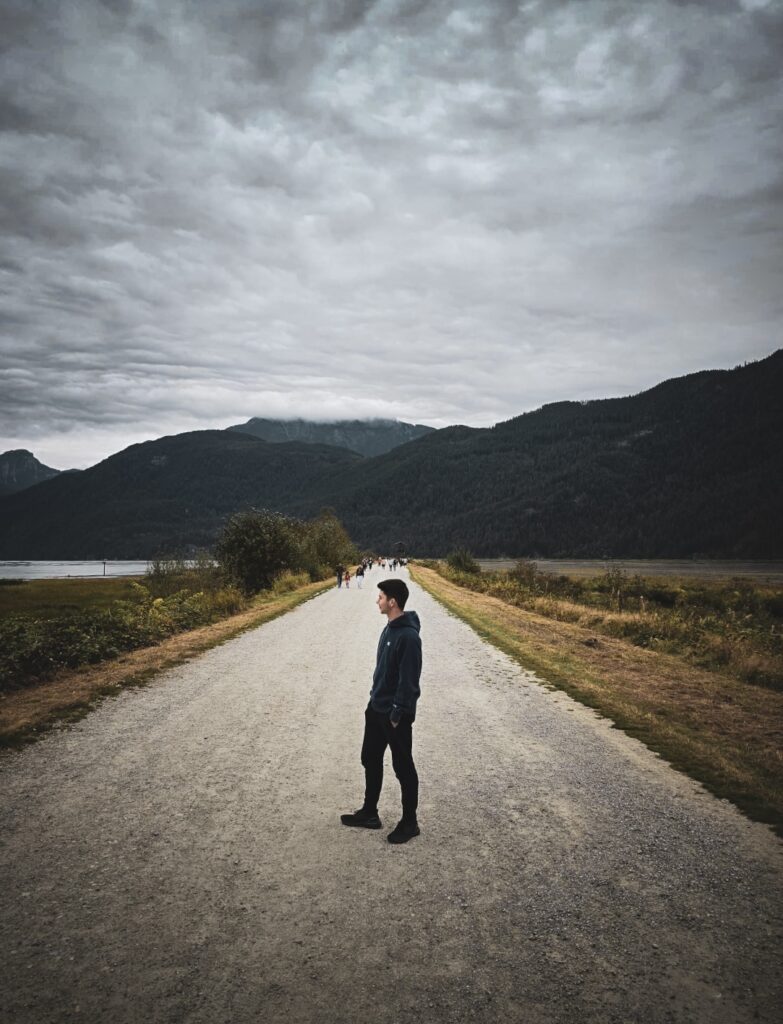
Healthy canine friend being examined for microbiology research. (Photographer: Paula Arango, 2024)
AUDIO CREDIT: Podcast loop 001 90 bpm.wav by josefpres — https://freesound.org/s/581757/ — License: Creative Commons 0
VIDEO CREDIT: “Fueling Gut Microbes: A Review of the Interaction between Diet, Exercise, and the Gut Microbiota in Athletes” Advances in Nutrition by Hughes and Holscher Video produced by https://www.researchsquare.com License: Attribution
Unlocking the Secrets of Dog Microbiomes: Paula’s Research Journey
Microbes are everywhere in every breath we take and every step we make. These invisible organisms, numbering in the trillions, play an essential role in maintaining health, from aiding digestion to the immune system. For Paula, a biology student and aspiring veterinarian, these tiny powerhouses sparked a big question: how do gut microbes affect dogs?
“It all started with that simple question,” Paula explains. “I wanted to uncover which microbes influence the health of dogs.” Driven by curiosity and her passion for animals, Paula embarked on a research journey that would take her deep into the microscopic world of gut bacteria.
From Curiosity to Research
For many, the idea of conducting research can seem intimidating, but Paula believes it all starts with inspiration. “Research begins with a question that truly excites you,” she says. As someone aspiring to become a veterinarian, Paula focused on understanding how the gut microbiome impacts canine health.
Her first step was data collection, a long process of reviewing existing studies and compiling information about the microbes commonly found in the canine gut. “I searched for what’s already known about these microbes, whether they benefit or harm dogs, and then organized everything into a database,” Paula explains.
This database became a critical tool for the next phase of her research: experiments.
The Hands-On Work of Science
The experimental phase brought Paula closer to her subjects, ten community dogs. These dogs provided stool samples, which Paula describes as a goldmine of information. “Why poop samples?” she laughs. “Because they contain DNA, and DNA tells us which microorganisms are in the gut.”
Handling these samples involved several steps. First, the samples were frozen to make them easier to process. Then, Paula cleaned them to remove contaminants and waste products, leaving only the DNA behind. This DNA was then sent to a specialized lab for sequencing.
Once the sequencing results were in, Paula analyzed the data to identify the types of microbes present and their potential effects on the dogs’ health. “These microorganisms can tell us a lot,” she says. For instance, we can determine if a dog is healthy or might need dietary adjustments like more fiber or specific supplements.
The Bigger Picture
For Paula, the long and detailed research process was more than just academic. It was a journey of discovery that highlighted the profound connection between microbes and their furry hosts.












